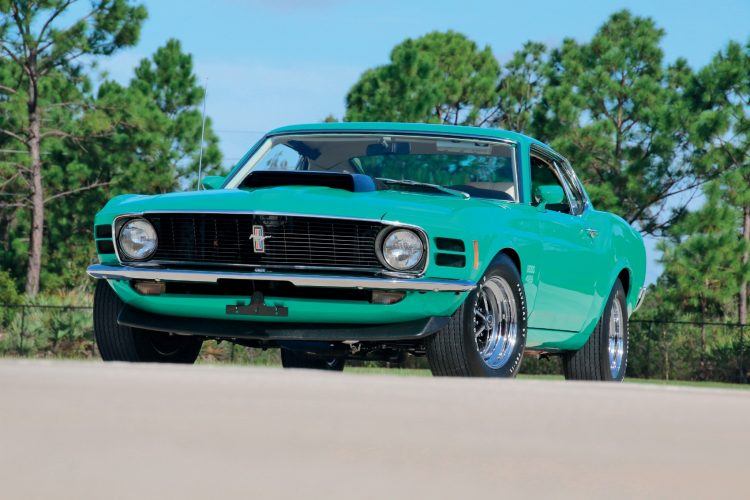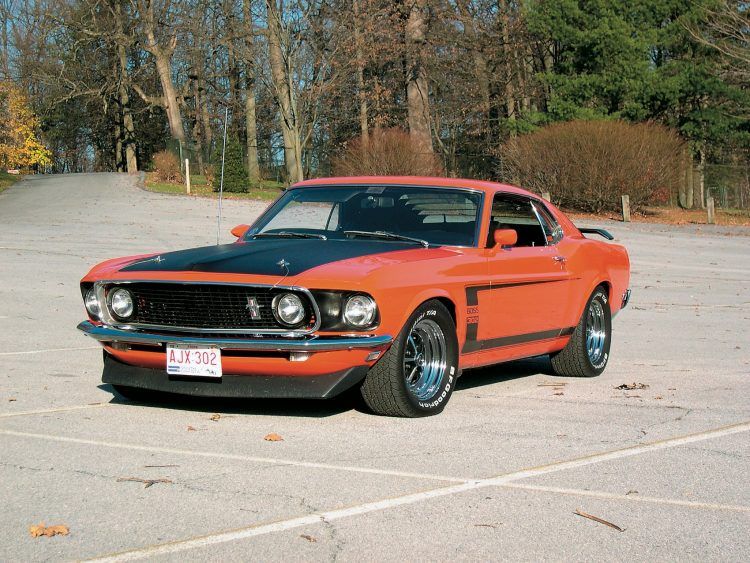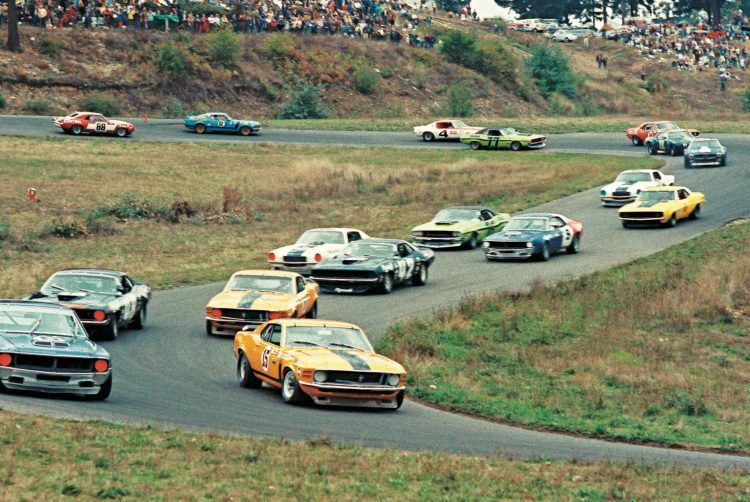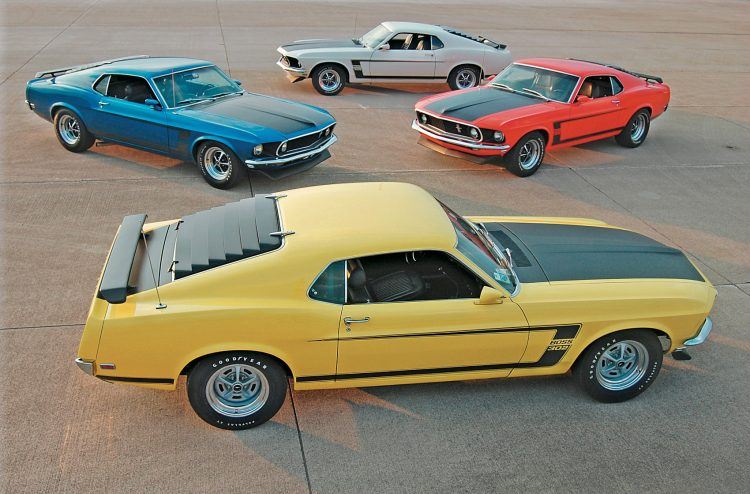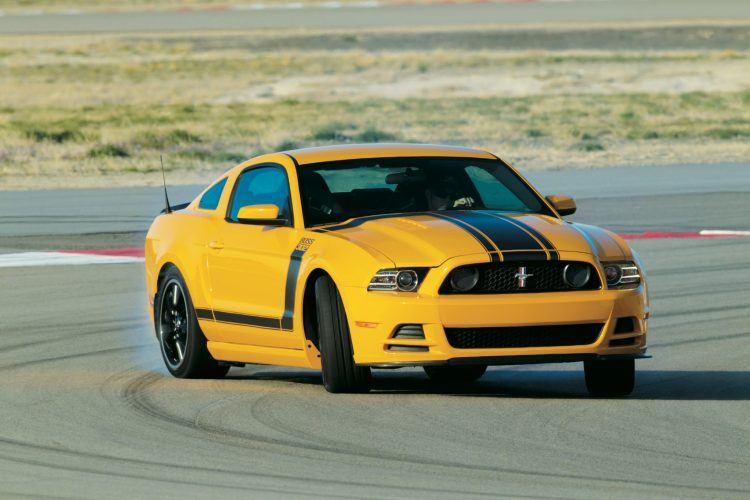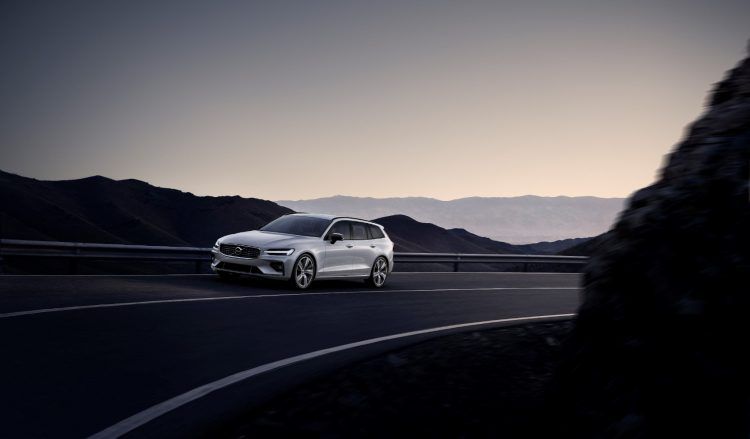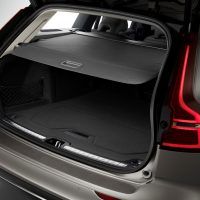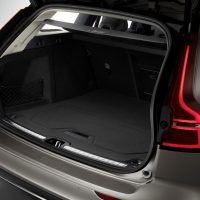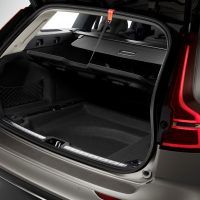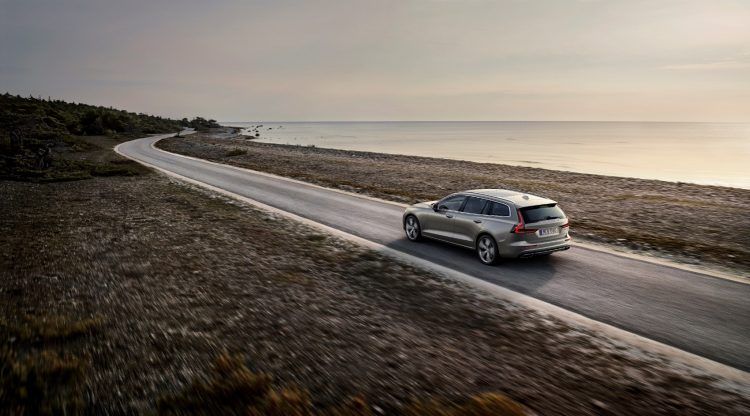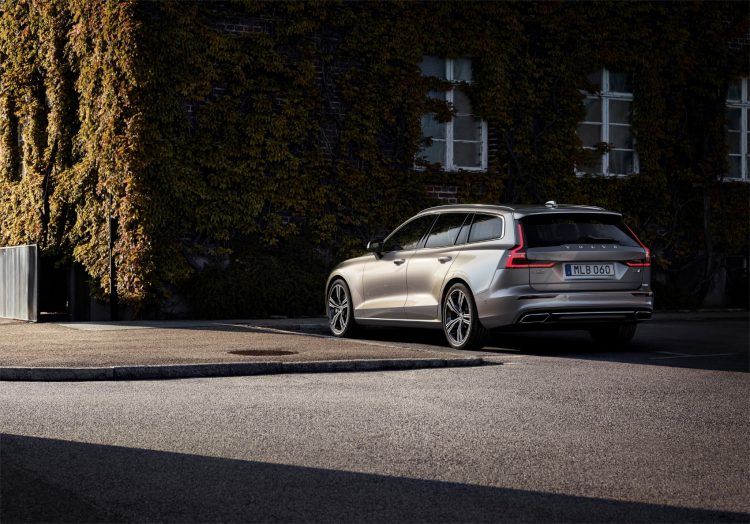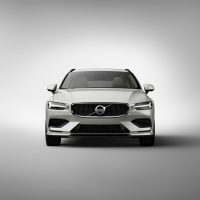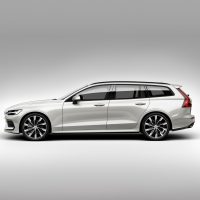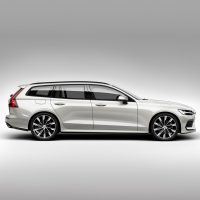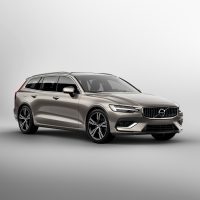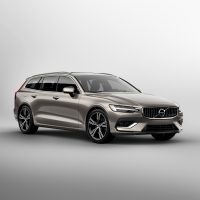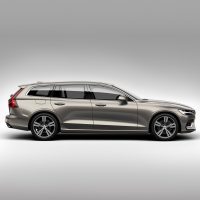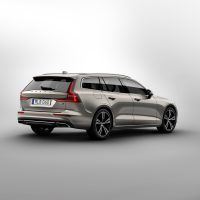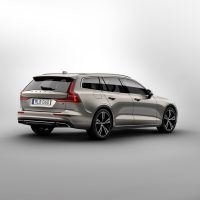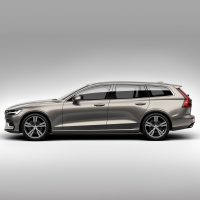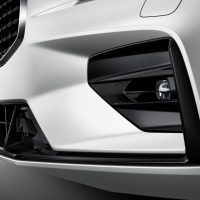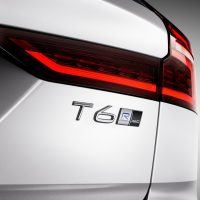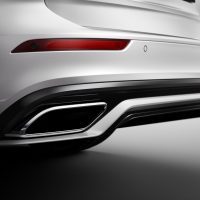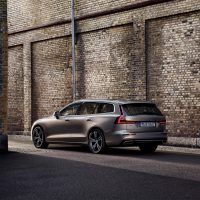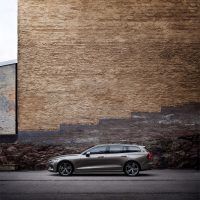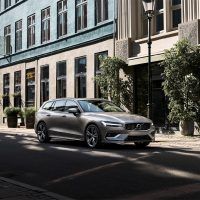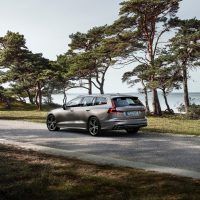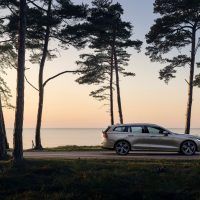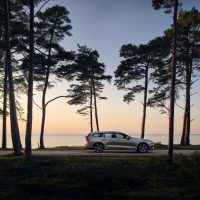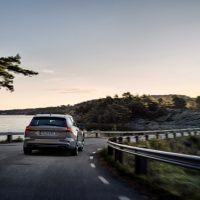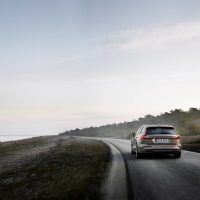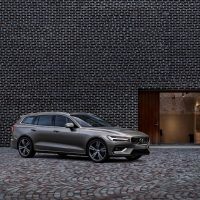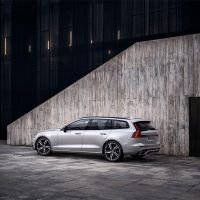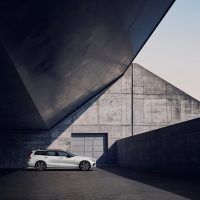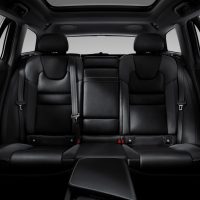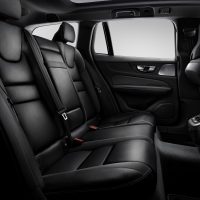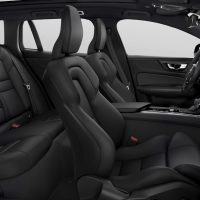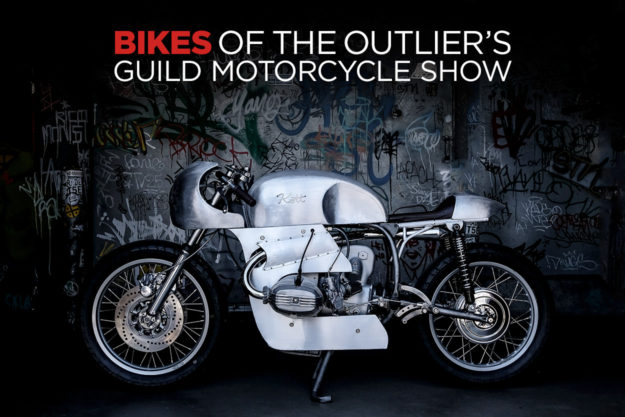
The custom moto show scene is booming in the US. Off the top of our heads there’s the Brooklyn Invitational on the east coast, Mama tried in the Midwest, and the Handbuilt show in Texas. And on the west coast there’s Portland’s One Moto Show.
Flying slightly under the radar is the Outlier’s Guild show in Los Angeles—colloquially known as the OG Moto Show. It’s just closed the doors on its third event, and judging by the feedback, it’ll be joining the established big hitters soon. Roving photographer John Salgado was there, and we asked him to pick out four of his favorite bikes.

Yamaha YZ450FX by Deus Deus is hosting a series of enduro rallies at its global locations this year, called the Swank Rally. One of the main sponsors is Yamaha, so they gave a YZ450FX to Deus’ design director Michael ‘Woolie’ Woolaway to see what he came up with.
“I wanted to make it look more like a vintage YZ,” he explains. “Which ended up being a big challenge, because the old bikes had small tanks and a single backbone frame.”
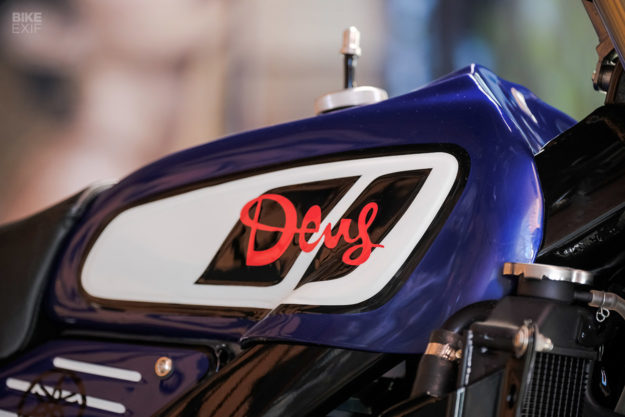
Woolie took the YZ450FX apart and discovered that the airbox is where the gas tank should be, and the tank was under the seat. “Even more of a challenge … we did not have a real budget for this, so I decided to keep the bike mostly stock and take on the design of the build.”
After a few days, Woolie managed to make everything work. He built a complex gas tank that went under the seat and down behind the shock. The visible ‘gas tank’ is based on an old Yamaha SX design, with custom side panels, and there’s a new subframe. The fenders are aluminum, with a heavy gauge for the rear: “If needed, a guy could slide back on to it.”
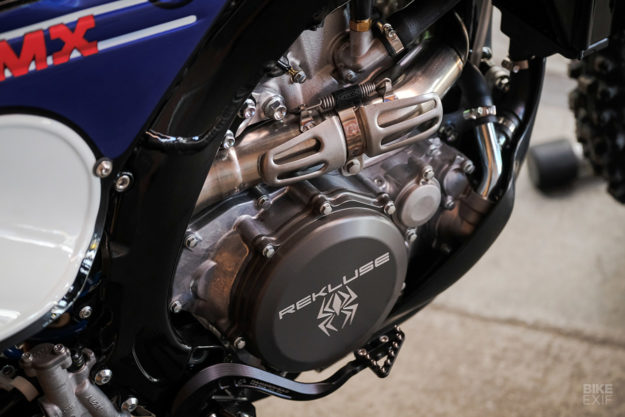
Woolie also made a new titanium air intake runner, and installed a Scotts steering damper and a Rekluse auto-clutch. Then Race Tech lowered the YZ by three inches, and installed new suspension valving and springs. The seat is from Saddlemen, and Matt Means at Anaheim Rod and Custom shot the paint. We reckon this YZ is going to be a winner on track as well as on the show stand. [Deus]
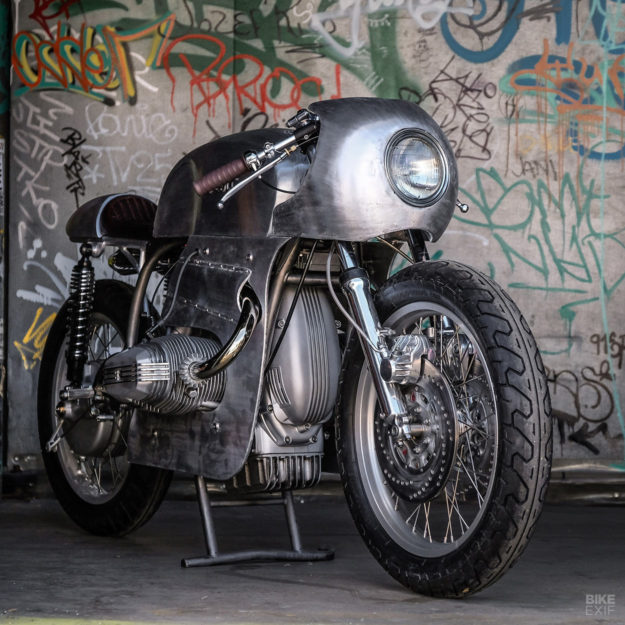
BMW R80 by Dustin Kott We love the raw, visceral look of this 1978 airhead, even though it’s a departure from Kott’s usual classic style. He describes ‘Exodus’ as “an intentional effort towards a more comprehensive and elaborate machine, showcasing a commitment to a new set of skills and understanding of my craft.”
Kott’s uncanny skills are certainly evident on the R80, with handmade aluminum everywhere—from the fuel tank to the fairings to the subframe and seat cowl.
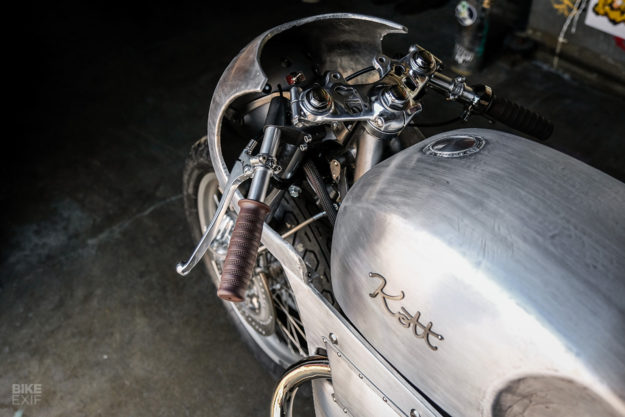
It’s stark, brutal and beautiful, but there are gorgeous details too, from the rearsets to the upswept exhaust, which dives behind the side panels and exits just below the subframe.
It wasn’t an easy process. “I had to just start shaping the sheet metal in order for ideas to come through, versus having a rigid layout plan,” says Kott. “It led to a number of beautifully sculpted prices that fit conveniently into the scrap bin.”
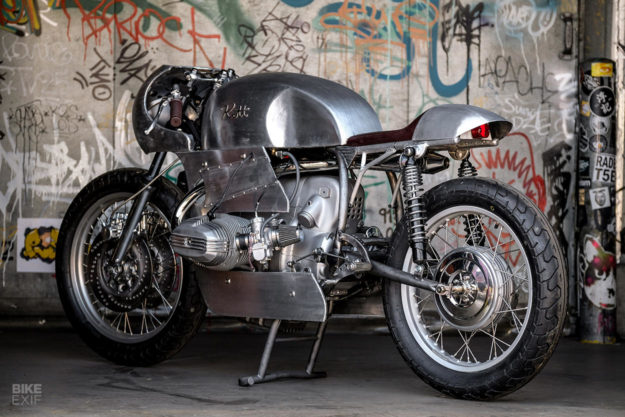
He’s pleased with the result though. “Everything landed together beyond expectation,” he says. “I wanted to leave some ‘imperfections’ in the metalwork because I wanted an honest grade on my efforts from my contemporaries.”
We’ll give it 10 out of 10. [Kott Motorcycles]
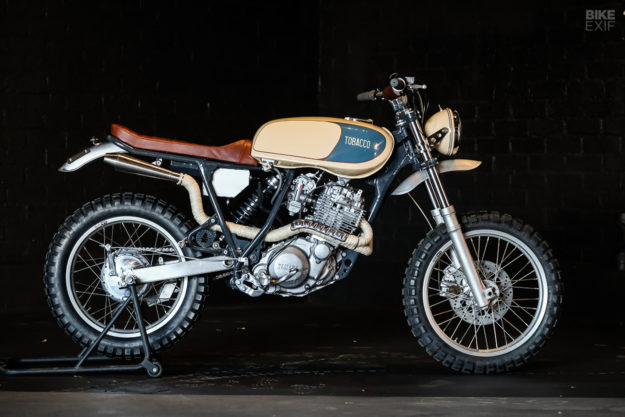
The Tobacco Tracker by Ava Wolff Ava is an auto mechanic by day, and bike builder by night. This very stylish 1984 Yamaha XT600 is her first full build under the Gray Wolff Motors nameplate, and was commissioned by the Tobacco Motor Wear Company.
She’s used the gas tank from an XS750 Triple, and taken the front wheel size down from 21” to 19” to fix the stance. After she’d laced the new wheels and fitted TKC80 rubber, Ava reshaped the rear frame and built a new seat pan to get the desired tracker look.
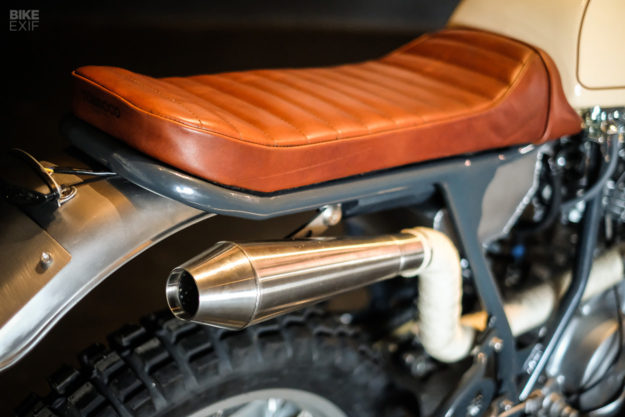
The seat leather (and handlebar padding) was done by Rev’s Customs, using Tobacco’s signature hide.
The paint is a standout—from the brushed metal finishes to the “slate denim” blue of the tank patches and the grey powder on the frame.
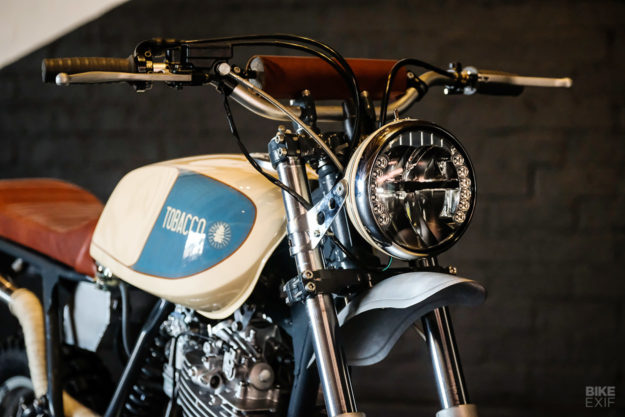
It’s a remarkably accomplished build, and even more so given that Ava had no previous knowledge of the XT600, and admits that she’s “relatively inexperienced with working on tracker or dual-sport style motorcycles.” A name to watch, for sure. [Gray Wolff Motors]
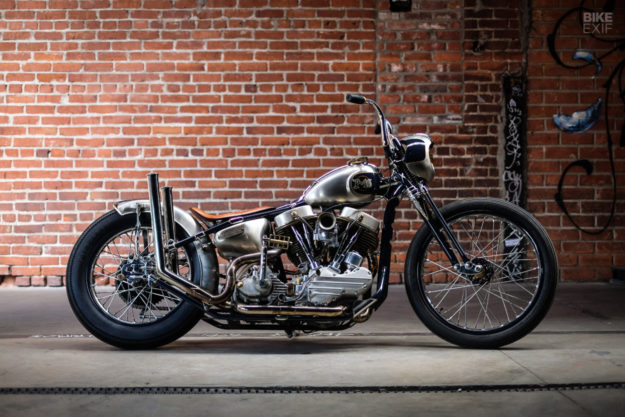
Born Free 5 People’s Choice by Powerplant Outlier’s Guild is the local show for LA builder Yaniv Evan of Powerplant, and he wowed the crowd with this stunning full custom, with a hand-made frame wrapped snugly around a 93ci S&S Cycle engine.
The bike was first shown at Born Free, where it won the People’s Choice award, and unlike most customs, it’s not a commissioned build. There were no deadlines or restrictive budgets, and it shows.
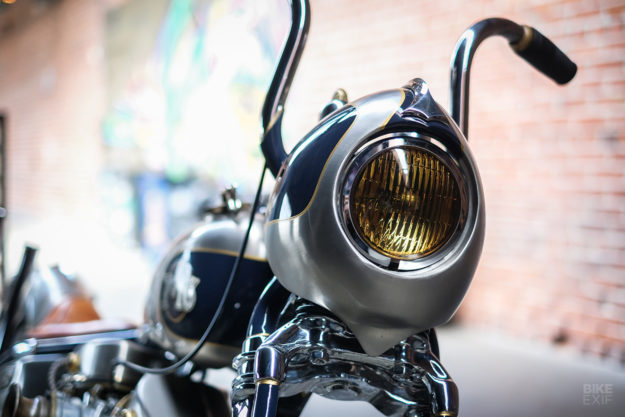
“I basically took a year to build this for myself and did whatever the hell I wanted,” Yaniv tells us. “It started as a 1948 Panhead motor. I pretty much hand-made everything on this bike, and even made my own frame out of oval-shaped tubing.”
“One thing you can’t buy is oval metal—so I made my own tubes. That was a huge thing for me, because I made a lot of mistakes and had to throw away a lot of metal to get the shape. Everything else, I put a sharp edge on.”
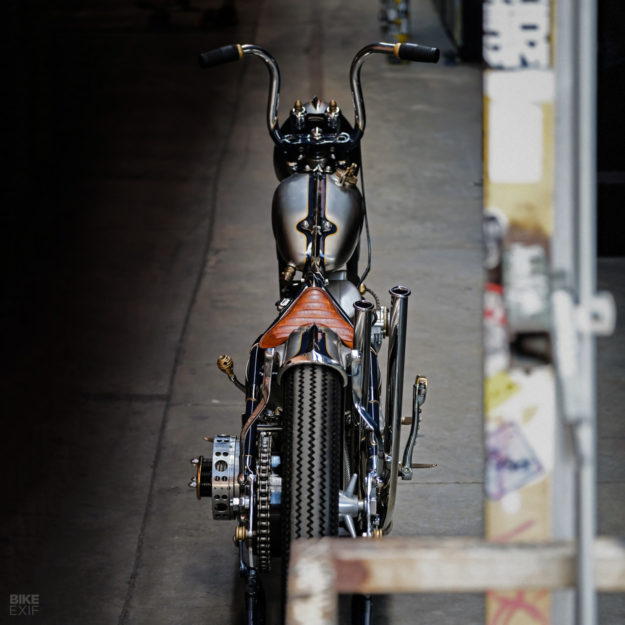
It’s not a show queen. “The bike has design and engineering behind it too, because it has to work. It can’t just look cool. You have to be able to ride this thing at 100, and not have to worry about the frame snapping in two.”
A narrowed 1947 Harley springer front end leads the way, and the wheels are F21/R18 with star hubs—a double at the rear, along with a vintage drum brake. All the metal is hand-made, including the little brass accents scattered throughout. The boat-style gas cap alone took a week to make.
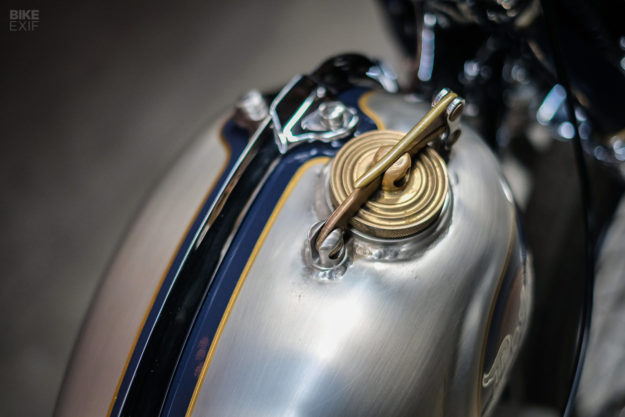
“There’s no Bondo, there’s no bullshit hiding underneath,” says Yaniv.
“What you see is all hand-formed. It’s for the right people that know and understand, not everybody.” [Powerplant Moto Cycles]
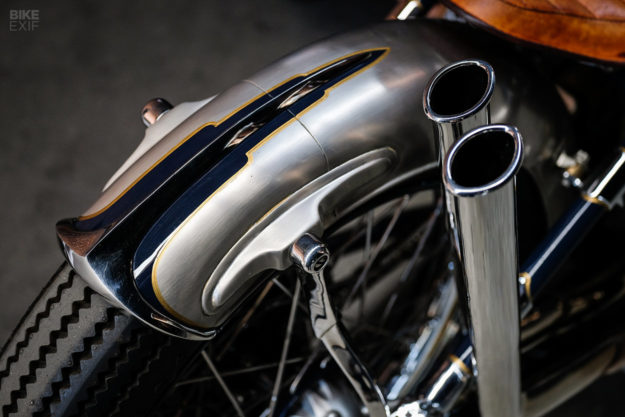
Images courtesy of John Salgado
from Bike EXIF https://ift.tt/2I3XrKP
